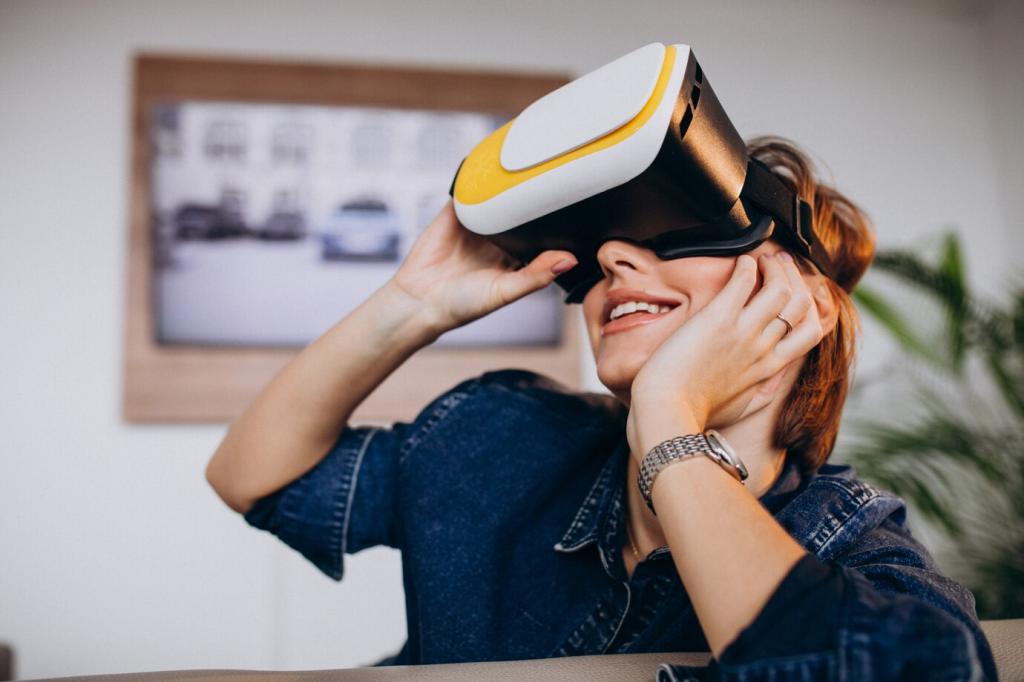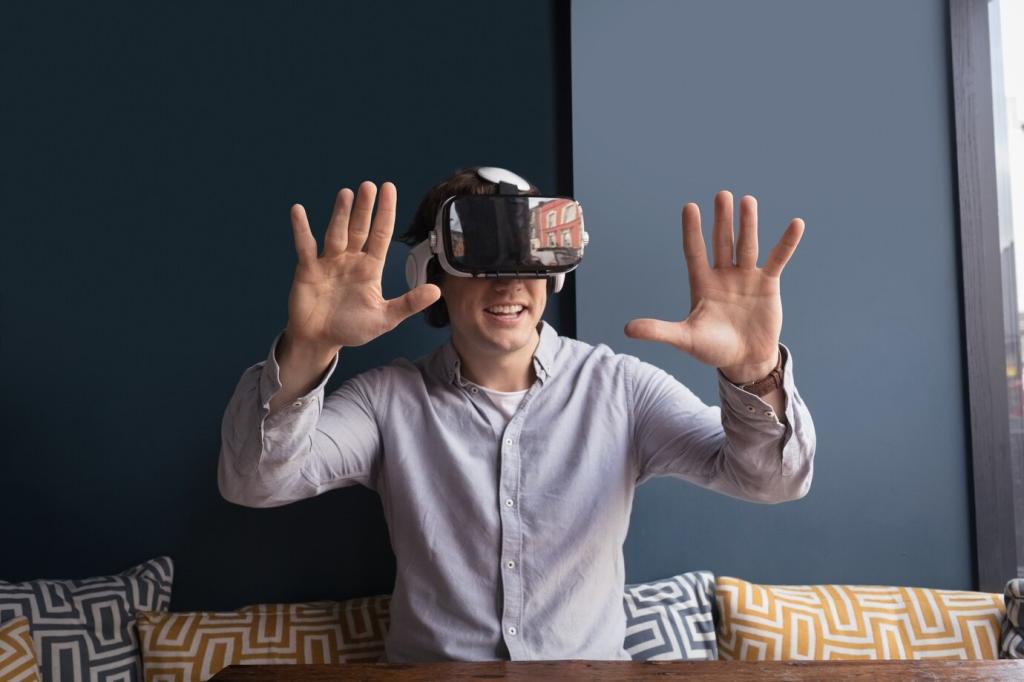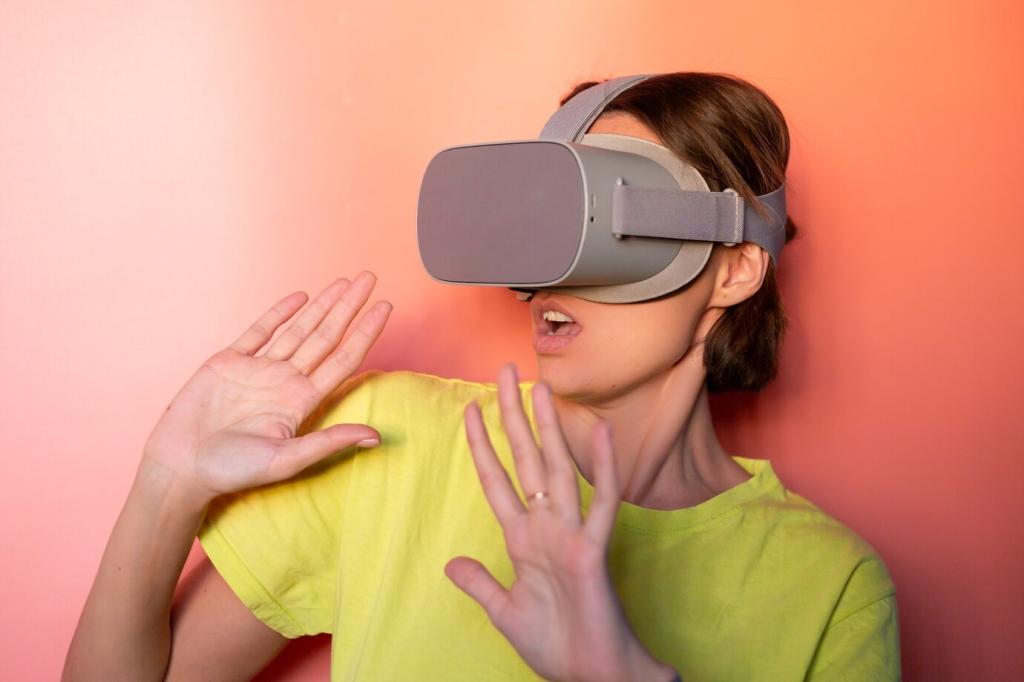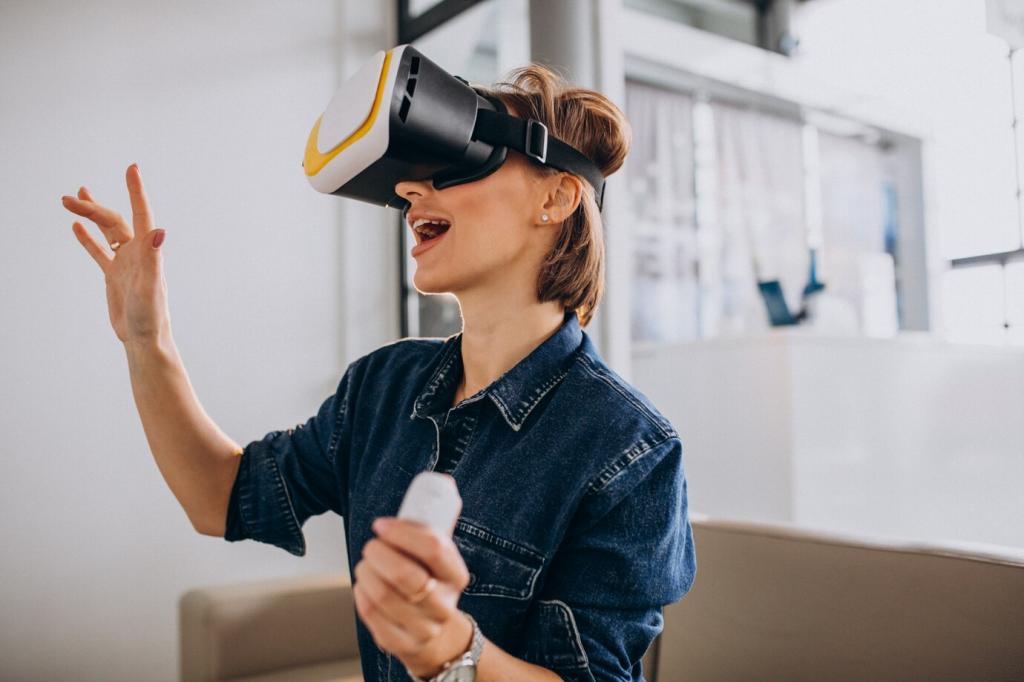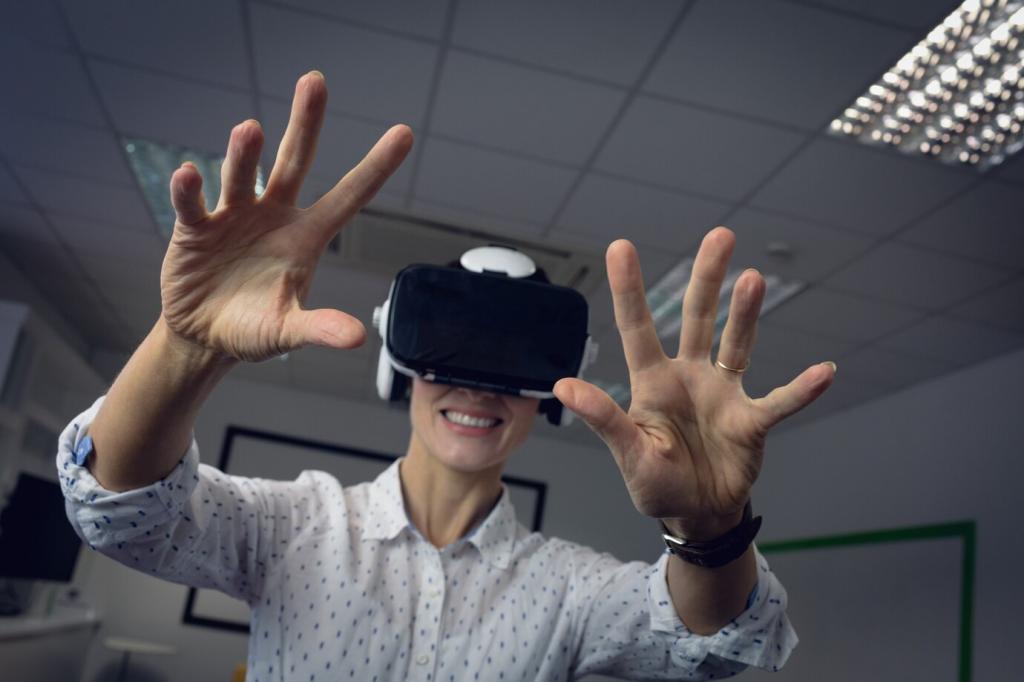Motion, Timing, and Micro-Interactions
Prefer gentle ease-in-out curves that suggest mass and air resistance. Short transitions communicate responsiveness; longer ones signal importance. Watch for motion sickness by avoiding camera-coupled oscillations. Ask readers: which timing choices helped your AR elements feel stable, not slippery?
Motion, Timing, and Micro-Interactions
Tiny animations—an icon tilt, a glow that breathes—can celebrate progress without stealing focus. Keep amplitudes small and durations tight to respect the scene. Share a micro-interaction you shipped that users loved, and why it enhanced clarity instead of adding noise.
Motion, Timing, and Micro-Interactions
Teach gestures with motion that mirrors user intent: objects subtly rotate toward draggable axes, hotspots gently pulse where taps matter. Replace long tooltips with demonstrations. Invite comments: which motion patterns taught your users faster than text ever could?

